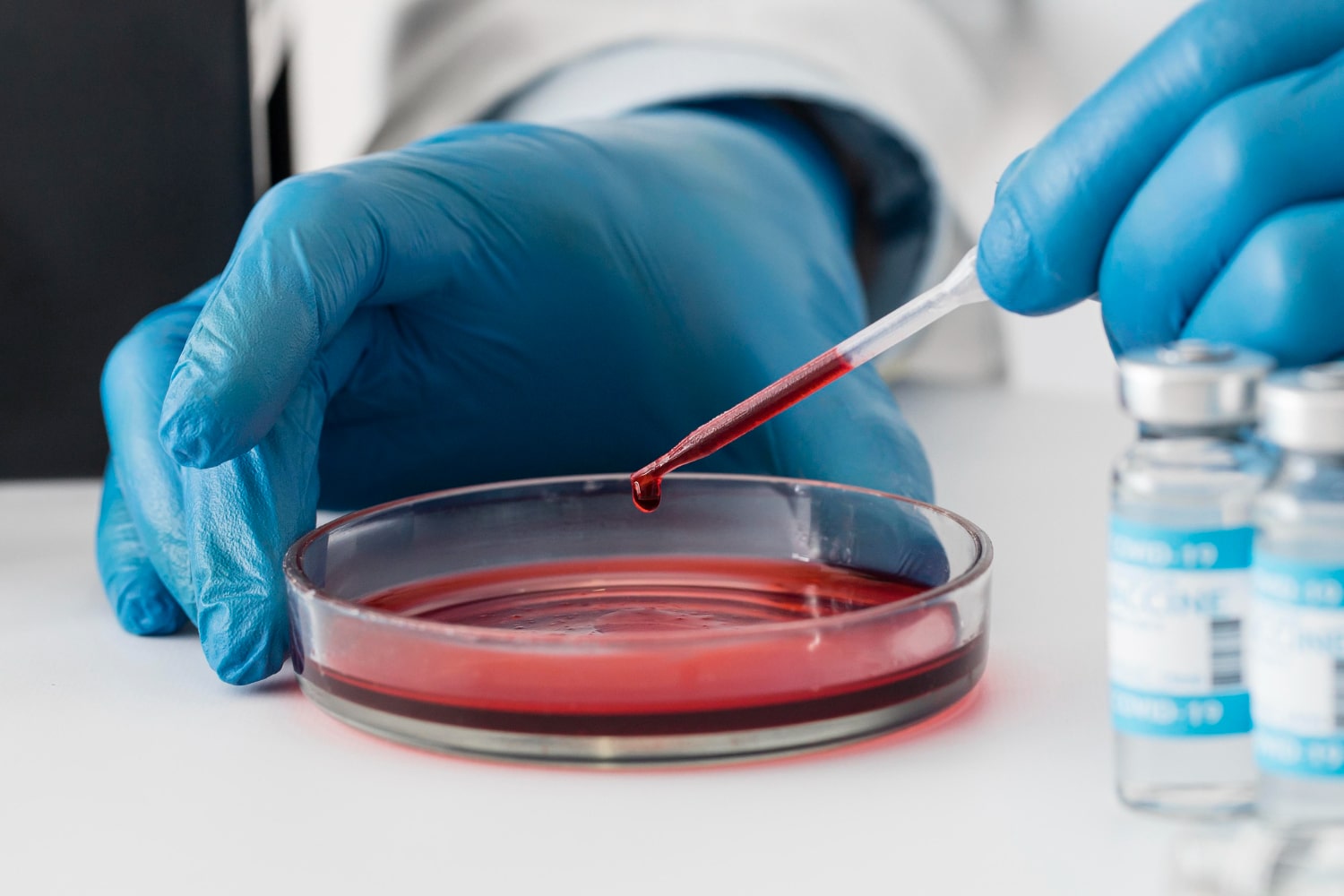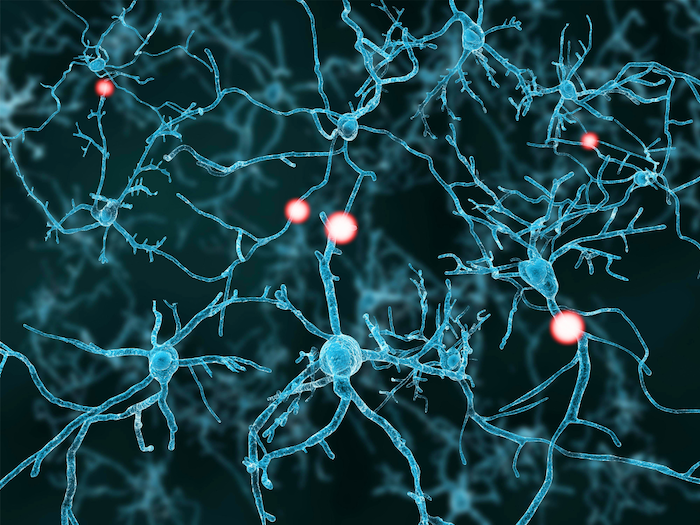Roche’s $2.7 Billion Move into the Obesity Market Acquisition of Carmot Therapeutics
Roche has made a resounding entry into the obesity market with a whopping upfront investment of $2.7 billion. This strategic move comes in the form of a takeover of Carmot Therapeutics, a biotech company boasting a promising arsenal of injectable dual GLP-1/GIP receptor agonists and an oral GLP-1 drug currently advancing through clinical development. Carmot, […] The post Roche’s $2.7 Billion Move into the Obesity Market Acquisition of Carmot Therapeutics appeared first on LifeSci Voice.

Roche has made a resounding entry into the obesity market with a whopping upfront investment of $2.7 billion. This strategic move comes in the form of a takeover of Carmot Therapeutics, a biotech company boasting a promising arsenal of injectable dual GLP-1/GIP receptor agonists and an oral GLP-1 drug currently advancing through clinical development.
Carmot, originally poised for an initial public offering (IPO), has opted for a buyout by Roche, an offer that not only secures a significant upfront payment but also includes potential milestone payments of up to $400 million.
This strategic move has garnered widespread acclaim, particularly among Carmot investors who have witnessed their initial faith in the biotech company pay off handsomely, given its cumulative funding of $384.8 million to date.
The foresight behind Roche’s foray into obesity was noted by Andrew Baum, an analyst at Citi, during a quarterly results conference call in October. Baum astutely observed Roche’s expansion into cardiology and speculated on the synergy between its anti-myostatin antibody, RO7204239, and incretin therapies, foreseeing a logical expansion into the obesity market.
Roche CEO Thomas Schinecker’s subsequent commentary shed light on the strategic thinking behind the acquisition.
Schinecker emphasized the potential of Roche’s anti-myostatin antibody in addressing muscle loss, a prevalent concern associated with GLP-1s and GLP-1/GIP incretins. “The GLP-1s and the GLP-1/GIP incretins have one big problem. And this problem is muscle loss. So it’s an option that we are looking at how this antibody can play a role there in the future,” explained Schinecker.
This perspective positions Roche not just as a player in weight management but as a potential innovator in developing combinations that tackle weight loss while mitigating muscle loss, a crucial differentiator in the highly competitive market.
The acquisition of Carmot positions Roche strategically in the obesity market, offering the potential to provide standalone weight management drugs and explore groundbreaking combinations.
Heather Turner, CEO of Carmot, echoed this sentiment by highlighting the “potential for combinations” resulting from the deal. However, Roche’s success in this endeavor hinges on the validation of Carmot’s clinical pipeline, particularly its advanced assets—once-weekly CT-388 and once-daily CT-868 injectables.
These assets are anticipated to release phase 2 data in the second half of 2024 and sometime in 2025, marking crucial milestones in Roche’s obesity management ambitions.
Carmot’s third candidate, the oral small molecule CT-996, adds another layer of innovation to the mix. Currently, in phase 1, the biotech company has shared promising pharmacokinetic data supporting once-daily dosing. With additional phase 1 data expected in the first half of 2024 and topline phase 1b data in type 2 diabetes in the latter part of the same year, CT-996 adds an intriguing dimension to Roche’s evolving portfolio.
The post Roche’s $2.7 Billion Move into the Obesity Market Acquisition of Carmot Therapeutics appeared first on LifeSci Voice.
What's Your Reaction?

































